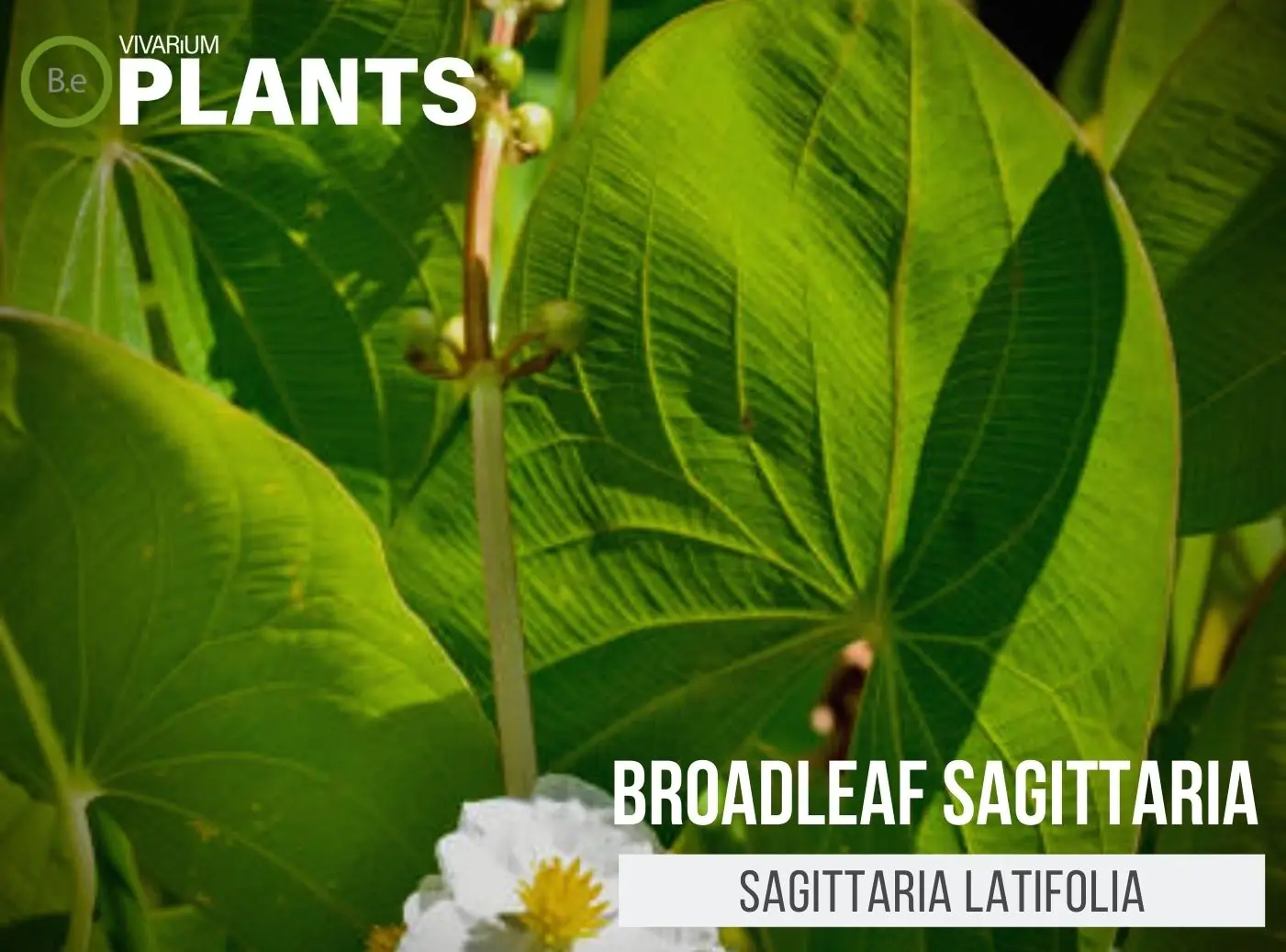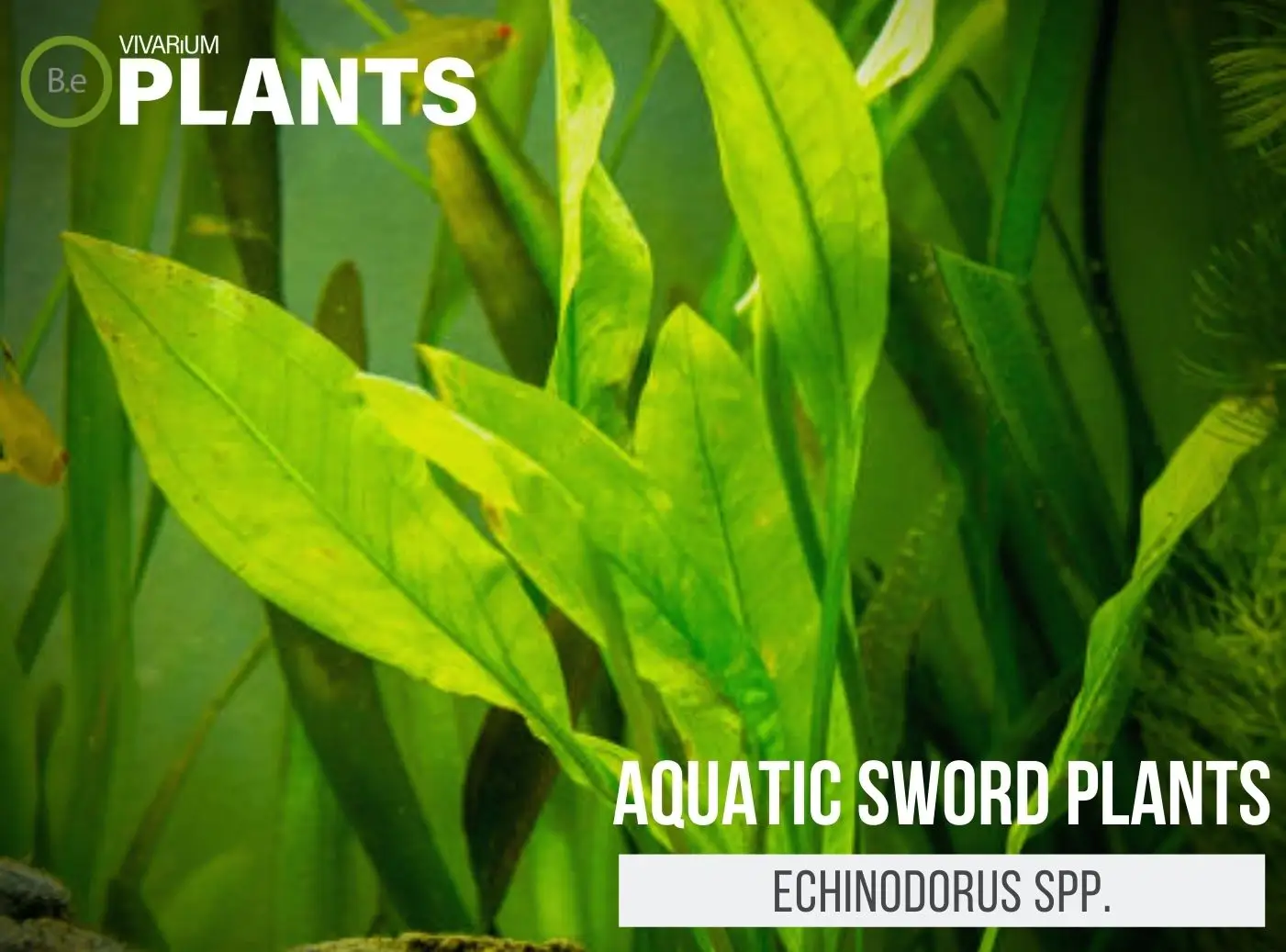Eleocharis montevidensis, commonly known as “Giant Hairgrass”, is an incredibly versatile aquatic vivarium plant. It is a relatively easy plant to care for that can bring a unique aesthetic to any watery ecosystem.
This grass-like plant can be planted in large masses to create a carpet plant- look, or simply planted wherever accents are needed. With its ability to grow in potentially varying depths and temperatures, it can thrive in many setups.
Table Of Contents:
ToggleQuick Stats:
Scientific Name: Eleocharis montevidensis
Family: Cyperaceae
Common Names: Giant Hairgrass, Montevidensis
Habitat: Aquatic
Height: 2” to 3”
pH Range: 6.5 to 7.5
Temperature: 70° to 79°F
What Is Giant Hairgrass?
Eleocharis montevidensis is an aquatic grass-like plant native to South America. Its long, thin foliage grows upward from the substrate in dense clumps like playful tails of hair.
Though this plant is primarily found in its natural habitat of standing water in ponds and streams, it can also live in more shallow water if properly adapted.


Giant Hairgrass Facts
Giant Hairgrass commonly goes by the name of Montevidensis. It is a very versatile plant, being able to grow in water anywhere from one inch to 20 inches deep.
It also is able to tolerate temperatures between 70 and 79 Fahrenheit making it very resilient in comparison to other aquatic grass-like plants.
Description
The foliage of Giant Hairgrass grows in clumps rising upwards in long, thin strands. The colors range from deep green to pink.
The leaves are almost tactile, slightly stiff to the touch with a delightful shimmer in the sunlight when fully submerged.
This plant grows very fast and quickly turns into a dense mass of foliage between two to three inches tall.
Habitat
Eleocharis montevidensis, also known as Giant Hairgrass, is native to Central and South America.
It thrives in small ponds and streams with clearly controlled water levels.
Moderate temperatures of 70 to 79 degrees Fahrenheit are perfect environments for it to flourish.
pH Preference
Giant Hairgrass prefers more alkaline water. The ideal pH for this aquatic grass ranges from 6.5 to 7.5.
Higher pH levels allow the plant to thrive and have more nutrient availability.
Vivarium Type
The Giant Hairgrass is quite an easy-going species. With that in mind, it will not be too complicated when choosing the type of enclosure it is grown in.
It is best to try and replicate the plant’s natural habitat as much as possible. Doing so will make it easier to provide this foliage plant with its basic needs.
The proper setup and theme of the enclosure will make a big difference to the overall look and health of the plant. Be sure to choose setups that are moist and high in humidity.
Here are recommended vivariums it will do well in:
-
- Paludariums – Half aquatic/ half terrain-based enclosure.
- Ripariums – Mostly aquatic-based enclosures with some terrain features present.
- Aquariums – Fully aquatic-based enclosure with little to no dry terrain.
Vivarium Placement
Giant Hairgrass is a great plant to have as a foreground or midground plant in the water sections of an aquatic vivarium.
This plant is not rooted, so it’s best to hold it down securely with either rocks or driftwood.
Keeping the grass in close contact with the substrate helps it take root better.
Substrate
Giant Hairgrass requires a substrate that is nutrient-rich. Gravel, sand, soils, and even aqua soil are all options, as long as it is able to retain nutrients and easily allow water to pass through.
This will help ensure the grass receives enough nutrients to grow and thrive.
Lighting
Giant Hairgrass does best with moderate indirect aquatic light during the day.
Too much can cause the plant to die off. Partial sunlight will allow the plant to flourish.
Buy Giant Hairgrass
When buying a Giant Hairgrass, there are a few things to keep in mind. Making sure the plant is healthy when purchased is essential for its success in a vivarium or pond. Vegetation that is already in poor conditions will have a very hard time adjusting to new environments.
Click the image below to learn more about the current price and other relative info about this plant.
Giant Hairgrass Care & Propagation
This plant is fairly easy to propagate by spreading some of the existing mass into multiple clumps and replanting them further apart.
This will allow them to spread and thin out. Pruning and thinning every now and then help a great deal as the grass will continue to grow and bind to the substrate.
How To Grow
Giant Hairgrass is generally a low-maintenance plant. It requires regular water changes and well-balanced nutrients.
This plant is also prone to algae problems because of its high light requirement. Balancing light and nutrient levels is key to keeping it healthy.
Water Requirements
Giant Hairgrass should be kept well hydrated, with water changes preferable every two weeks.
This helps with nutrient availability and also encourages new growth. Since this plant is not rooted, it is important to ensure the water is well-oxygenated and not stagnant.
Plants Similar To Giant Hairgrass
Adding diversity to an enclosure is key to an aesthetically pleasing setup. Try mixing up the look of your vivarium with different flora that can easily co-exist in the same types of environment.
Furthermore, if for some reason you find Giant Hairgrass hard to acquire or would like to consider something similar to this aquarium plant… Here are other carpet plants you might find will do well with or in place of Eleocharis montevidensis:
Conclusion
Giant Hairgrass is a great aquatic carpet plant to have in any water-themed terrarium.
Its unique look adds pops of color, its easy care makes it a great beginner plant, and its resilience makes it a great choice for anyone wanting to add a carpet look to their vivarium.
With its fast-growing habit, this plant can truly bring life to any water-based ecosystem.
Frequently Asked Questions
Yes, Giant hairgrass (Eleocharis montevidensis) spreads by sending out underground rhizomes. Each rhizome can produce several runners, which in turn can produce new plants.
1. Clean and prepare the aquarium substrate for planting Giant Hairgrass.
2. Plant in clumps and press the grass into the substrate.
3. Plant the clump 4-6 inches apart.
4. Cover the roots with substrate and gently press down.
5. Ensure that the plant’s crowns are at or just below the surface.
6. Fill the aquarium with water and turn on the filter.
7. Trim the plants when they reach the water surface to encourage new growth.
Yes, hairgrass is a fast–growing plant. Hairgrass typically grows up to 2 inches in height each month and is one of the fastest-growing plants in its family.
Propagating giant hair grass requires dividing up the plant when it matures or cutting off the tops and planting them. It is important to wait until the roots become too big for the pot before dividing, as the roots are fragile. When dividing the plant, clean and trim the roots and replant in the substrate with round granules for best results. Be sure to keep the plant moist and provide plenty of light.
Yes, it is possible to grow Hairgrass without CO2 injection. Low light levels and moderate to high nutrient levels should be provided when growing Hairgrass without CO2. Substrate additives like root tabs or granular fertilizer may be needed to promote adequate growth.
Yes, hairgrass is a root feeder. Root feeders are aquatic plants that mainly obtain nutrients from the substrate through their roots. Hairgrass is popular among aquarists for its ability to quickly spread and form lush carpets of grass–like growth.
Yes, Hairgrass can grow in gravel. Hairgrass needs a substrate that is nutrient–rich in order for optimal growth and can be planted in soil or gravel. When grown in gravel, the roots of the Hairgrass will form mats beneath the surface and can take hold in the substrate.






